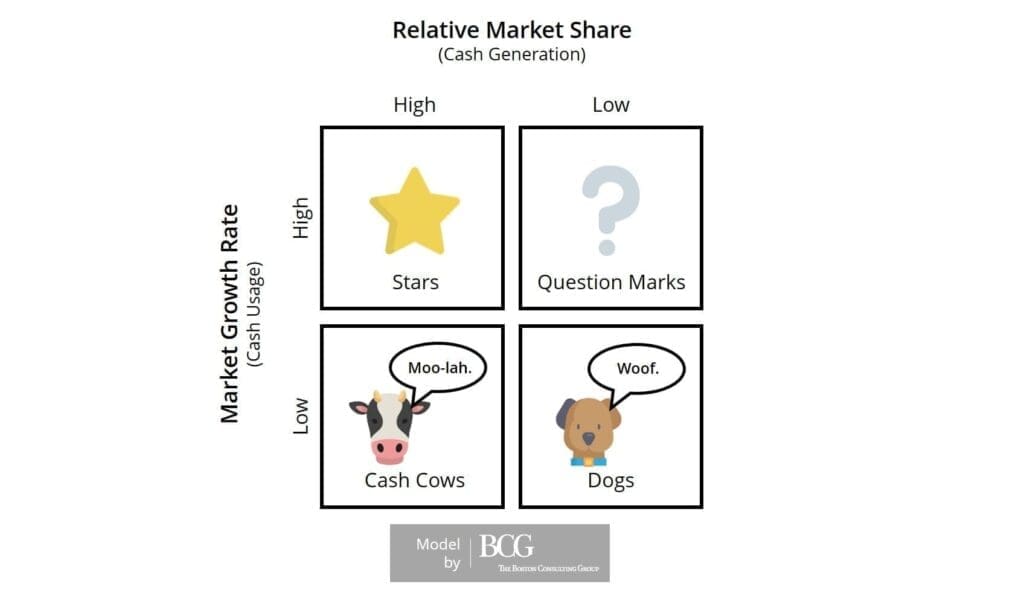How to Make the Mother of Marketing Plans – Part 1
When I started my career in marketing, the frustrating way – trial and error – was the only way to reach perfection. But who is great at anything the first time out of the gate?

Creating the mother of all effective marketing plans is no different! If you want to build a great marketing plan, one that delivers promised results, then prepare yourself and your company for failure at least once, likely twice, and maybe more.
The purpose of this post is to accelerate your learning curve. If you work for a fast-growth company in a competitive industry, you may want to tap a strategic marketing consultant, as time is usually of the essence. If your industry and company is more mature and you have some time to experiment, let these 4 tips guide your way to mastery:
Tip 1: Set a strategy to focus your marketing plan.
Most firms – like 99% of them – don’t benefit from being a smaller version of their larger competitors. The first part of your marketing plan should lay out niche sectors in the following buckets (i.e., using this BCG methodology):

- Cash Cows: Which markets do you have high market share but are lower growth? These you want to milk to fund higher growth opportunities (Stars and Question Marks).
- Stars: These are markets in which you have high market share and high growth. Stars should receive the lion’s share of your marketing budget and talent.
- Question Marks: Fast growing markets in which your company has low current market share create a question mark. Should you be investing some marketing resources in these sectors to plant seeds for future growth?
- Dogs: These are markets in which your company has low penetration and the sector is low growth. These should be eliminated from your strategy.
Tip 2: Define your ideal customers and buyer personas.
The old adage “any customer is a good customer” is a bunch of bologna! Who likes customers that can’t really afford your products or services? Can’t pay their bills on time? Don’t appreciate the value your company brings?
Identify a customer you currently work with that you would replicate 100x if you could and then profile that customer. Who is the customer’s decision maker? Identify his/her title, role, responsibilities, challenges, preferences for product and service attributes, and communication preferences.
Tip 3: Build a foundation to give your marketing plan something to build on.
Cost-effective, results-driven marketing programs require a strong marketing foundation. Skip this step, which many companies do, and you’ll be chucking money and time down the trash can. Here’s what you’ll need:
- Messaging: Invest in a strategic marketing consultant to create powerful messaging that’s in line with the marketing strategy and will connect with your ideal customer and buyer persona. Your company’s messaging must be based on a core strength and a customer purchase driver. It also must differentiate your company from its primary competitors.
- Visual brand: Have you ever done a double-take at someone who’s dressed in a sharp, professional, and/or unique manner? The clothes a person wears helps to identify something about him/her. That’s what a visual brand does for a company and is why the process of developing a brand requires a thoughtful and informed approach. Invest in a logo, fonts, colors, and a tagline that is like a perfectly tailored suit for your company and will stand the test of time.
- Website: A responsive, secure, customer-focused website that delivers a great user experience and is optimized for organic search is a must. Companies have called Marketri in a panic because their 1990s looking website lost a major opportunity for them. Having an A+ website should be a top priority. In fact, companies that don’t have one and aren’t investing in one shouldn’t bother creating a marketing plan or doing any marketing.
- Analytics: To move the needle through effective marketing planning and implementation, you’ll need to know where the needle has been and is now. Establish baseline website and social media metrics.

Tip 4: Consider marketing technologies to take the load off.
Marketing programs without marketing technologies are at a serious disadvantage because they’re not as measurable and scalable. Now, I’m not recommending that every marketing plan or program include marketing automation, ABM, SEO and social media software. Your target markets, marketing budget, communications plan, and talent will inform what technologies your company is ready for during a particular fiscal year. Various software packages should be evaluated during the marketing planning process every year. As you review different platforms, ask the following questions:
- Am I currently doing something manually that would be improved / expedited by software?
- Will it improve our reach with our target audience and help personalize our messaging?
- Does it assist in lead capture and qualification?
- Can I start-off with a basic package and grow into a more premium version over time?
- What is the platform’s learning curve and do we have the talent in-house to use it effectively?
Want to learn more about marketing plans?
If you’re interested in learning more about creating an effective marketing plan, then consider subscribing to our growth marketing blog. You can receive notifications whenever we publish new posts—including Part Two of this piece.
You can also learn more about marketing plans by downloading our free guide by clicking the image below.

Thank you so much for reading, and we’ll see you soon.
Image Credits
Check out these recent insights from our subject matter experts.





